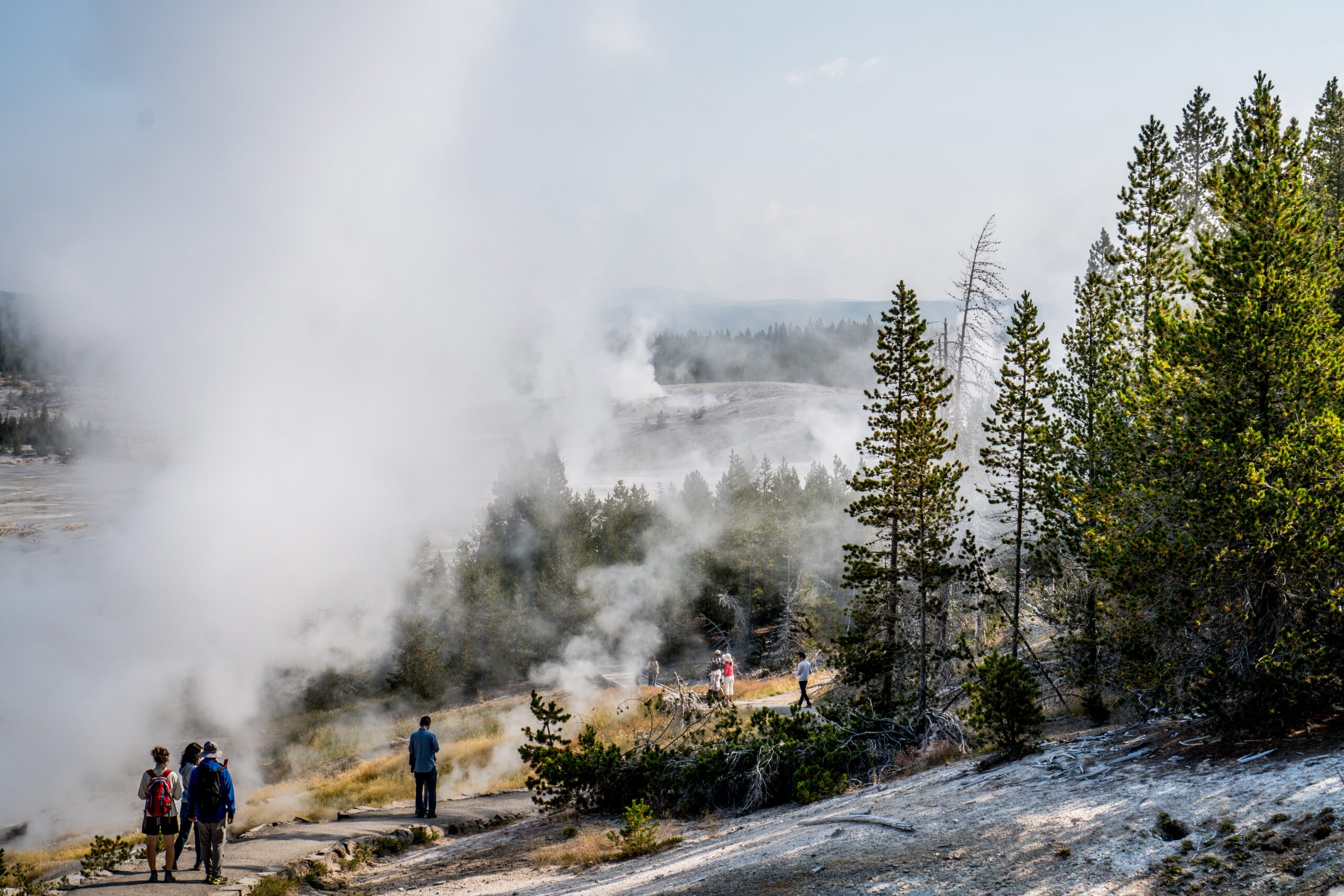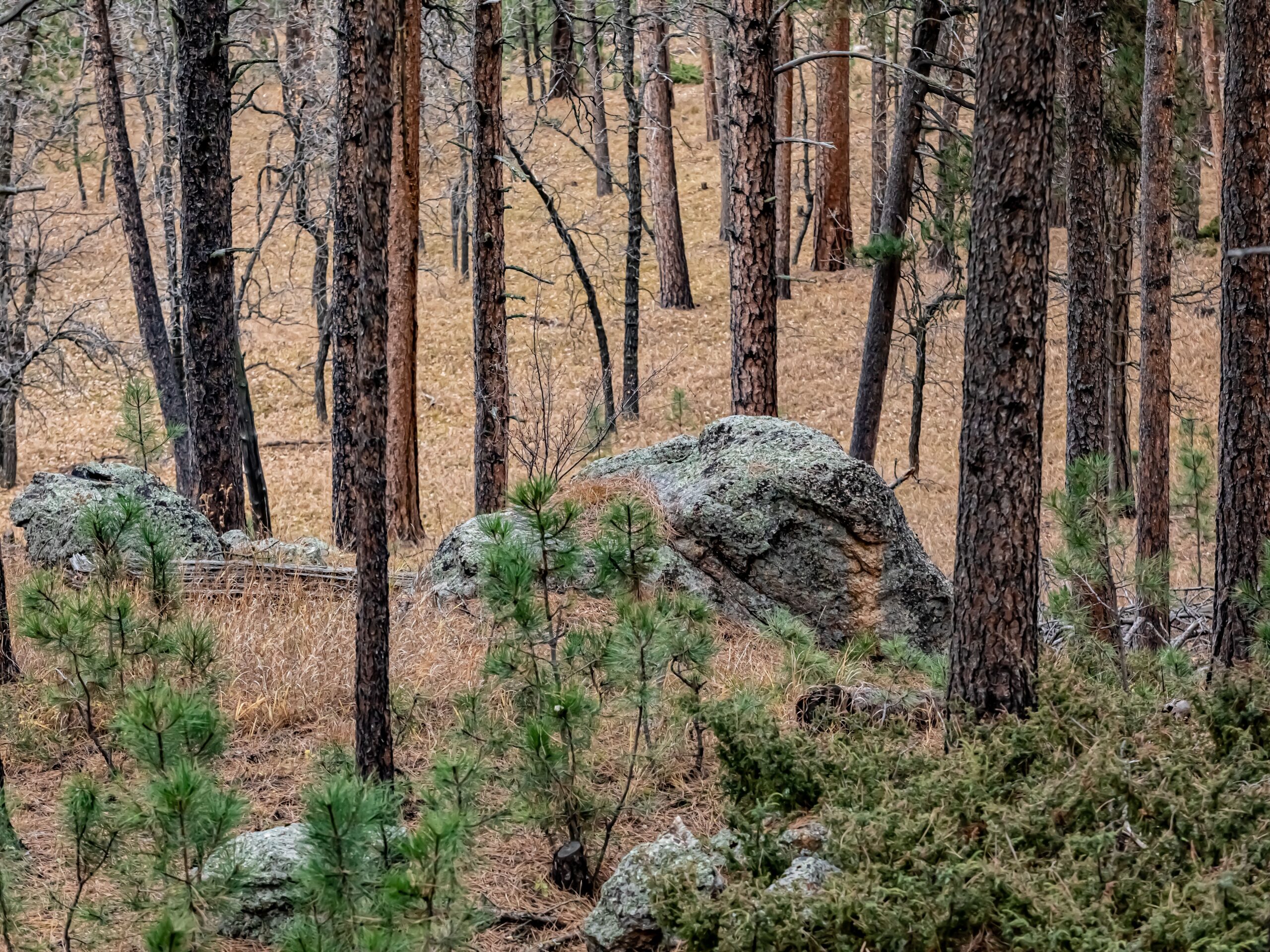This article was originally published in The Hill.
Saturday marks the start of National Park Week, the perfect opportunity to celebrate America’s most magnificent places. From snowy mountain peaks in Denali to desert slot canyons in Zion to the monuments along the National Mall, our parks represent the vast and venerable treasures of our country.
Amidst the excitement, our parks are in trouble. Despite surging visitation, the National Park Service faces nearly $12 billion of past-due repairs and maintenance needs.
The agency has a lofty mission: to preserve our natural and cultural resources for the enjoyment of this and future generations. We should look to creative solutions and the popularity of the parks to deliver the financial help they desperately need.
Finding a balance between resource preservation and recreational enjoyment gets more difficult as the park system hosts more and more visitors. The last major park infrastructure project, Mission 66, was carried out in the 1950s and ‘60s. Park visitation has increased more than fourfold since that era. More recently, after a few decades of steady numbers, visitation has jumped by about 16 percent—or 50 million visits—over the past five years, stressing existing capacity.
On one hand, this is fantastic news—people should be our enjoying our wild and historic places. On the other hand, it creates new challenges because recreationists come with a cost. More garbage, human waste, and traffic can harm these landscapes and require additional money and manpower to clean up.
Unfortunately, existing funding isn’t enough. The National Park Service’s $12 billion deferred maintenance backlog is more than three times the amount Congress doles out to the agency each year. Thousands of miles of trails are rated in “poor” or “seriously deficient” condition, and many more miles of roads and bridges are strewn with potholes or slumping from decades of use.
To take one example, in Grand Teton National Park, the cost of overdue trail repairs is greater than the park’s total annual congressional appropriations.
The lack of care for our parks seems plain wrong in light of the growing recreation economy. The Outdoor Industry Association estimates that outdoor recreation generates $887 billion in annual consumer spending. That’s a huge amount—twice what Americans spend on media content and technology—yet, most of it goes to airlines, hotels and gear manufacturers, not public lands.
So, this National Parks Week, how can recreationists ensure our money is going to protect the places we love?
First, we need to fill our current hole. Tackling the deferred maintenance backlog requires dedicated funding. The Restore Our Parks Act is a creative way to funnel up to $1.3 billion of federal energy revenues each year to our overdue parks projects.
But even if we manage to fill this $12 billion hole, we have to make sure we don’t simply start to dig another one. Fortunately, there are more than 300 million annual park visitors who have demonstrated with their feet that they have an interest in our parks—and are willing to help invest in their future.
The Federal Lands Recreation Enhancement Act allows for 80 percent of receipts from recreation fees to stay within the park unit where collected. That means that when visitors buy admission passes or pay campground fees from the Smokies to the Sierra Nevadas, they’re contributing to the upkeep of these incredible places.
Park fee revenues have climbed to roughly $300 million, up nearly 60 percent over the past five years even after adjusting for inflation. Last year, the park service raised fees modestly, a move that will help fund things like visitor center repairs, habitat restoration and historic trail rehabilitation. Clearly, visitors appreciate parks and are willing to pay their share to care for them rather than simply leaving the state of our national treasures up to the whims of Congress.
As Denali National Park Superintendent Don Striker, a three-decade employee of the agency, has written in The Hill: “The bottom line is that fees are now an integral part of our funding.”
Local park staff should have more flexibility and authority over setting fees and using the proceeds. For instance, park managers should be able to offer discounts to locals and volunteers or adjust prices to account for inflation over time. They should also decide how to spend the revenues they collect, whether on routine maintenance, visitor experience, or other needs.
National Park Week is a perfect time to enjoy a backcountry trail or campground under the stars, but it’s also time to remember that our parks need our help. With creative approaches we can fill our parks’ financial hole and keep from digging a new one.





